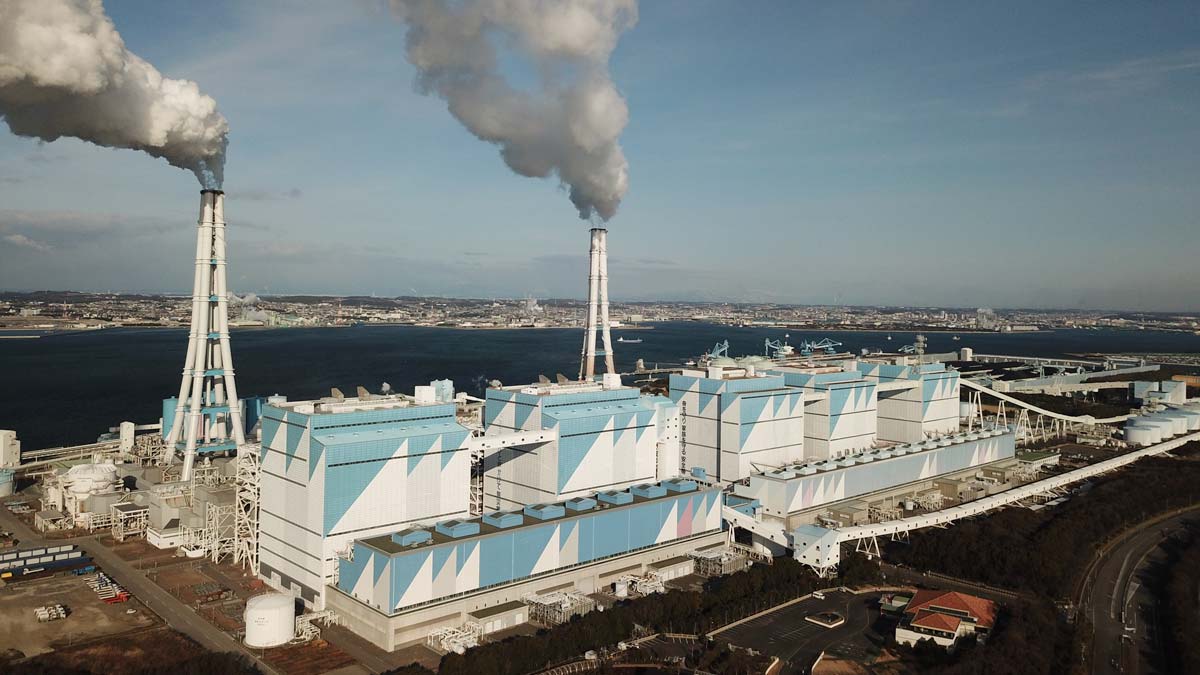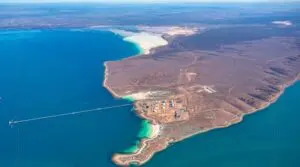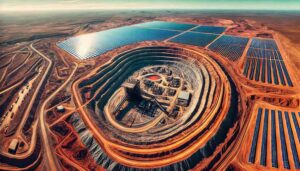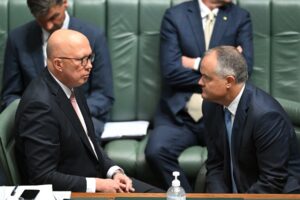Japan’s largest power generator Jera has issued a global call for proposals from suppliers of zero emissions ammonia as the utility progresses efforts to decarbonise its massive coal generation fleet.
Jera says it has begun working on a demonstration project at the 4,100MW Hekinan Thermal Power Station – Japan’s largest coal-fired power station – to run one of the power station’s units on 20 per cent zero-emissions ammonia.
It is seeking up to 500,000 tonnes per year of zero emissions ammonia for use in the 1,000MW Unit 4 at the Hekinan power station – and has sent a request for proposals to more than 30 international companies.
Such a supply deal could serve as a crucial source of demand for prospective Australian ventures looking to develop massive green hydrogen and ammonia production facilities.
There include the CWP and Intercontintentals 26GW Asian Renewable Energy Hub planned for Western Australia’s Pilbara region, and its 50GW wind and solar project further to the south.
Fortescue Future Industries plan to convert an existing fossil-fuelled ammonia plant in Brisbane to operate on renewable hydrogen, and there are numerous other projects across the Australia looking to tap into the green hydrogen and green ammonia market.
Several Japanese consortiums have shown active interest in developing Australia’s green hydrogen and ammonia production facilities, with Australia’s second-largest trade partner seeing ambitious targets for the decarbonisation of its energy system.
“Big news! Japan’s largest generator Jera will conduct international competitive bidding for the procurement of up to 500,000 tons per year of fuel ammonia, from 2027 into the 2040s,” CWP development director Andrew Dickson noted in a LinkedIn post.
Simon Currie, from Energy Estate, which is also looking at massive wind and solar projects for the hydrogen economy, said this initiative, along with others from Germany, shows there is a visible and long term demand for green ammonia.
“We believe this is great news for Australian projects in view of the scale of the offtake – 500ktpa by 2027 and the close connection between Japan and Australia in relation to hydrogen,” he said in an email to RenewEconomy.
CWP’s Dickson said Jera still needs to technically validate large scale ammonia co-firing at Hekinan, which should be complete by around 2025.
“Hekinan is the large scale demonstration project which will give JERA and other generators (inside Japan and beyond Japan) confidence in this approach.”
The Hekinan power station ranks as one of the world’s most polluting power stations when it comes to greenhouse gas emissions, producing more than double the annual greenhouse gas emissions as the Eraring power station – which Origin Energy recently announced will undergo an accelerated closure.
Jera said that it would look to purchase ammonia that had been produced using zero emissions energy sources, like renewables, or made using carbon capture and storage.
“Jera will continue to contribute to energy industry decarbonization through its own proactive efforts to develop decarbonization technologies while ensuring economic rationality,” the company said in a statement.
Jera operates a substantial fleet of around 70GW of thermal generation capacity in Japan, producing around 30 per cent of Japan’s total electricity generation.
It has previously announced a commitment to reaching zero net emissions by 2050 and committed to decommissioning its most in-efficient coal fired generators by 2030.










